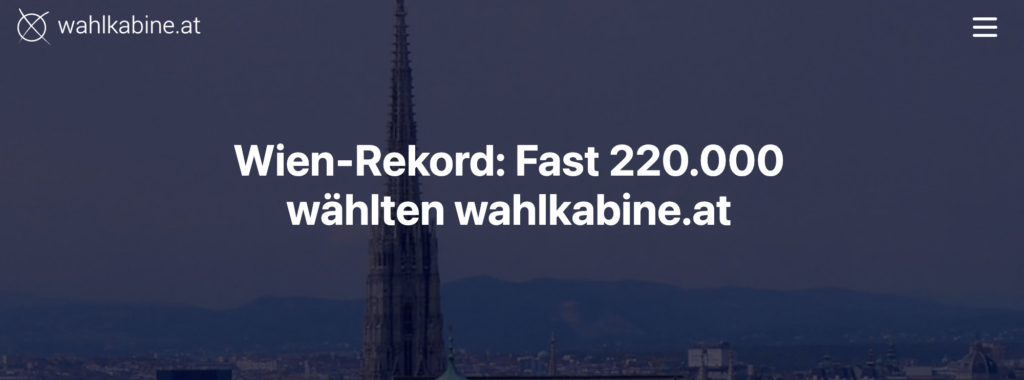The inclusion of youth in the democratic system not only encourages their active participation but also enhances the overall democratic governance. It strengthens the legitimacy and effectiveness of decision-making processes, promotes social cohesion, and cultivates a new generation of informed and engaged citizens who are committed to shaping a better future. To undermine this assumption I’d like to refer to some communal examples.
- Der Kindergemeinderat Steiermark
The Children’s Municipal Council in Styria enables children to actively participate in local decision-making. They express their opinions, concerns, and ideas, shaping their community. Council members, aged around 10 to 14, are democratically elected and discuss topics relevant to children. Their tasks include initiatives like designing playgrounds and organizing events. The initiative promotes political education, empowering children as future citizens. The establishment of these councils varies across municipalities in Styria, all aiming to enhance children’s participation in decision-making processes. - Bürgerforum Vorarlberg
The Citizen Forum in Vorarlberg is an initiative that enables citizens to actively participate in political decision-making and express their concerns. Selected citizens engage in multi-day events to discuss specific topics, meet experts, and develop proposals. These proposals are submitted to the government, influencing policy decisions. The forum aims to enhance citizen engagement, democratic legitimacy, and transparency in political processes. The government takes the forum’s results seriously, fostering dialogue and trust between citizens and the government. The Citizen Forum exemplifies participatory democracy, empowering citizens to have a say and promoting inclusivity in decision-making. - Die partizipative Kinder- und Jugendmillion der Stadt Wien
The participatory Children and Youth Million of the City of Vienna is a project aimed at empowering children and young people in Vienna to play an active role in shaping their city. The project provides one million euros that can be used by young people between the ages of 6 and 18 for projects and ideas that aim to improve life in their city.
What makes the Children and Youth Million special is that the decision on how to allocate the funds is made by the young participants themselves. Children and young people can submit their project proposals and then vote on the distribution of the funds. This process involves them in the democratic decision-making process and enables them to realize their own visions of a livable city. The projects implemented within the framework of the Children and Youth Million are diverse and range from the design of playgrounds and parks to cultural and recreational offerings, as well as environmental and sustainability initiatives. The project fosters the creativity, engagement, and sense of responsibility of young people, allowing them to actively contribute to their environment.
If we now compare the reach of regional or municipal initiatives with the reach of digital platforms such as walhkabine.at, we can see a clear difference. The user figures. Its very difficult to find exact numbers but its an obvious conclusion if we compare the amount of people that are using or have used wahlkabine.at and the report of SORA from the last blog entry.
The use of wahlkabine.at among young voters is considerable. In past elections, wahlkabine.at has been used by a significant number of young voters. For example, in the 2019 National Council elections in Austria, over 300,000 people used the platform to match their political preferences with the parties’ positions. A high number of these users were young people aged 16 to 29.
Although children’s and youth parliaments or initiatives in Vienna, Graz and Linz can also look back on a considerable reach, the digital affinity of the target group plays a major role. In any case, the demand for digital information on political information, whether via social media or specific websites such as wahlkabine.at, grows with every election.
